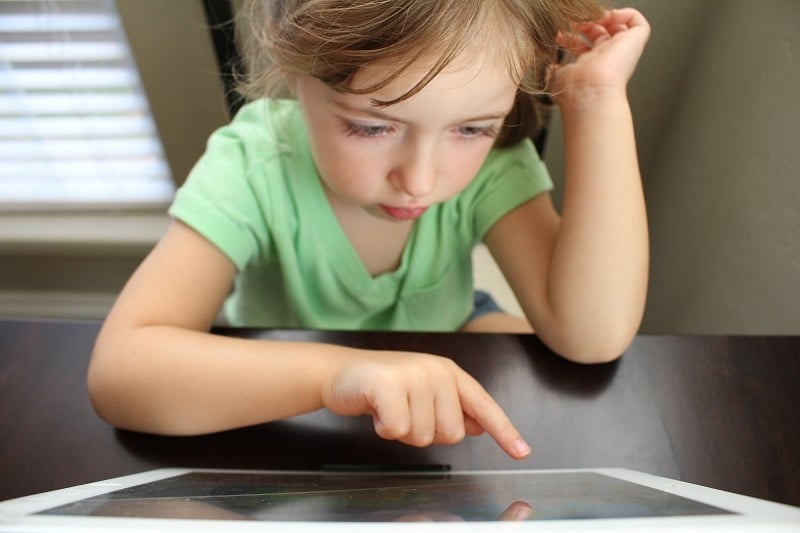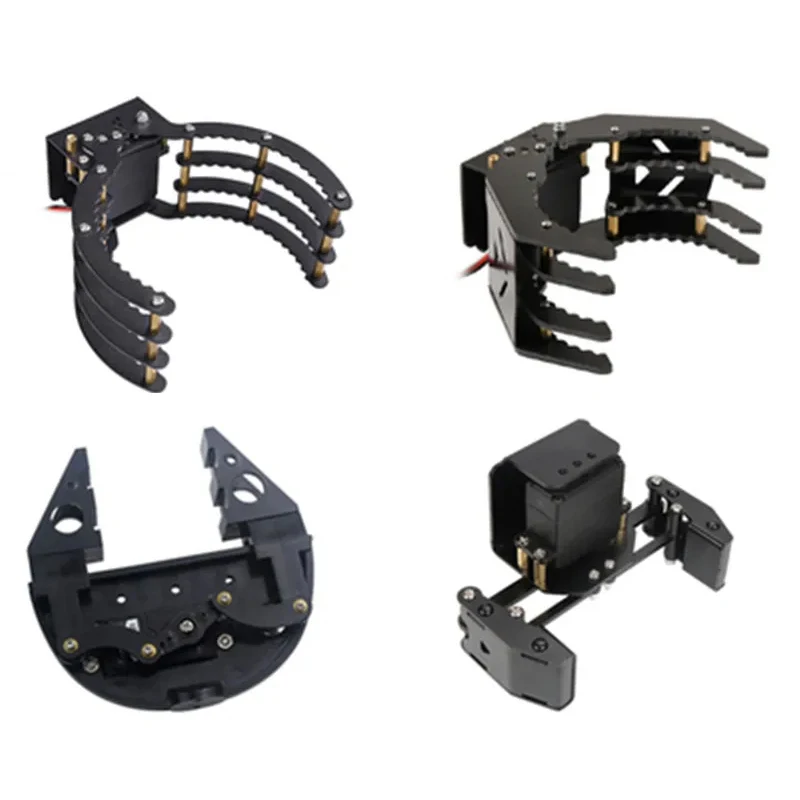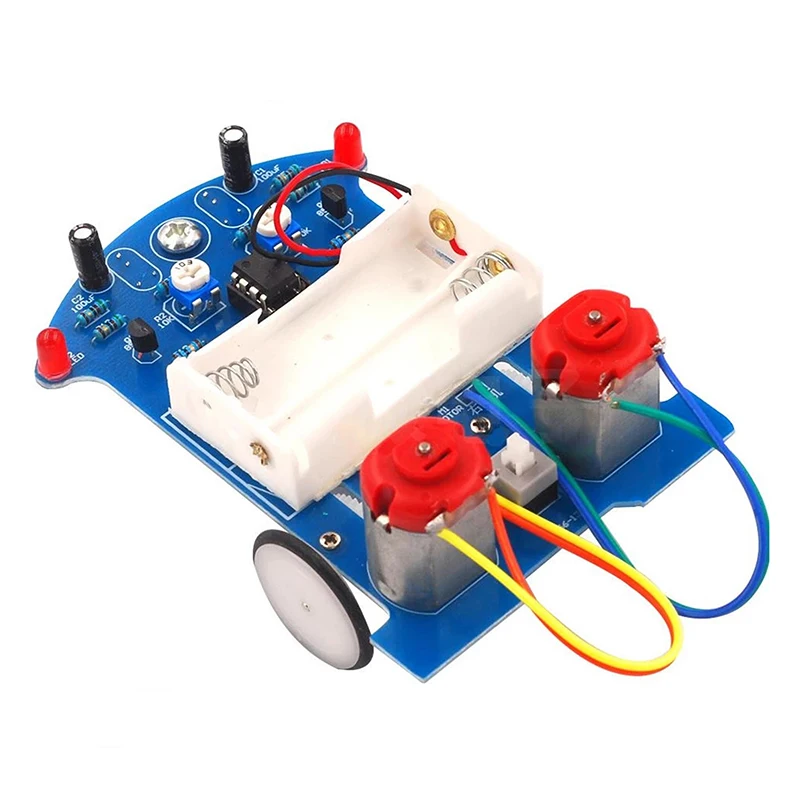
1. Types and Categories
Electronic Learning Toys: Devices that incorporate sound, lights, and interactive buttons to teach letters, numbers, shapes, and more.
Robotics and AI Toys: Programmable robots, interactive pets, and smart toys that respond to commands or gestures, fostering curiosity and STEM skills.
Augmented Reality (AR) and Virtual Reality (VR) Toys: Apps and devices that overlay digital content onto the real world, offering immersive learning experiences.
Interactive Plush Toys: Soft toys with sensors that respond to touch, hugs, or movements, promoting emotional engagement and nurturing skills.
2. Benefits and Developmental Impact
Cognitive Development: Enhancing problem-solving, memory, and attention span through interactive challenges and puzzles.
Motor Skills: Fine motor development through manipulating buttons, levers, and interactive components.
Social and Emotional Skills: Role-playing and cooperative games that encourage empathy, communication, and teamwork.
Tech Literacy: Introducing children to technology, coding basics, and digital interactions in a playful and accessible manner.
3. Design and Features
Multi-Sensory Engagement: Lights, sounds, textures, and motion sensors that stimulate multiple senses for immersive play experiences.
Educational Content: Curriculum-aligned content that teaches academic concepts, language skills, and scientific principles through interactive play.
Safety and Durability: Child-safe materials, secure battery compartments, and robust construction suitable for active play.
4. Parental and Educational Considerations
Learning Objectives: Choosing toys that support educational goals, complement classroom learning, and promote skill development.
Screen Time Management: Balancing digital play with physical activity and ensuring age-appropriate content and duration.
Collaborative Play: Opportunities for parents and siblings to engage with children in interactive games, fostering family bonding.
5. Market Trends and Consumer Preferences
Integration with Smart Devices: Toys that sync with apps for updates, additional content, and parental controls for monitoring usage.
Personalization and Customization: Interactive toys with customizable features, such as character preferences, language settings, and difficulty levels.
Sustainability: Growing demand for eco-friendly materials, recyclable packaging, and toys that promote environmental awareness.
6. Educational Outcomes and Assessment
Measuring Impact: Evaluating learning outcomes, cognitive gains, and social-emotional development facilitated by interactive toys.
Educator Insights: Collaboration with educators to design toys that align with educational standards and enhance classroom learning experiences.
Conclusion
Interactive toys play a vital role in children's development by engaging them actively in learning and play. By selecting toys that stimulate curiosity, promote skill development, and offer meaningful interactions, parents and educators can nurture children's cognitive, social, and emotional growth while preparing them for future challenges in a digital and interconnected world.







